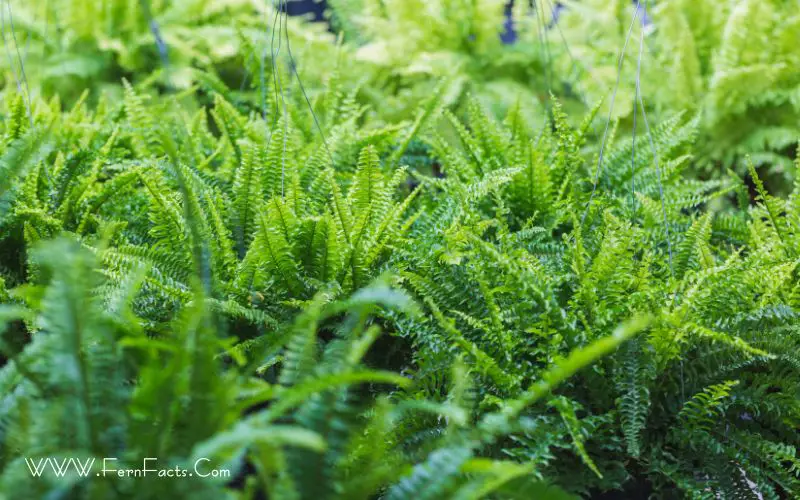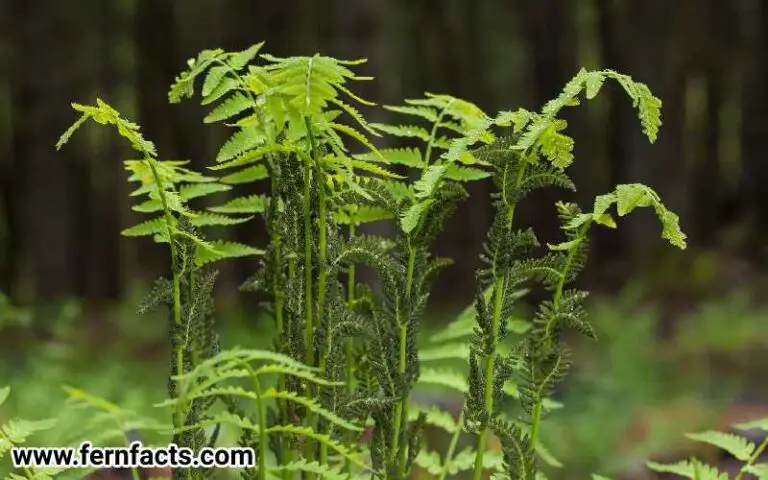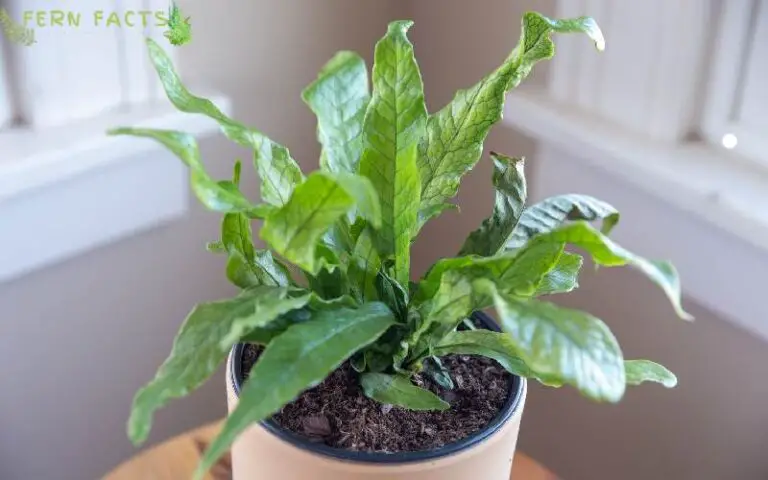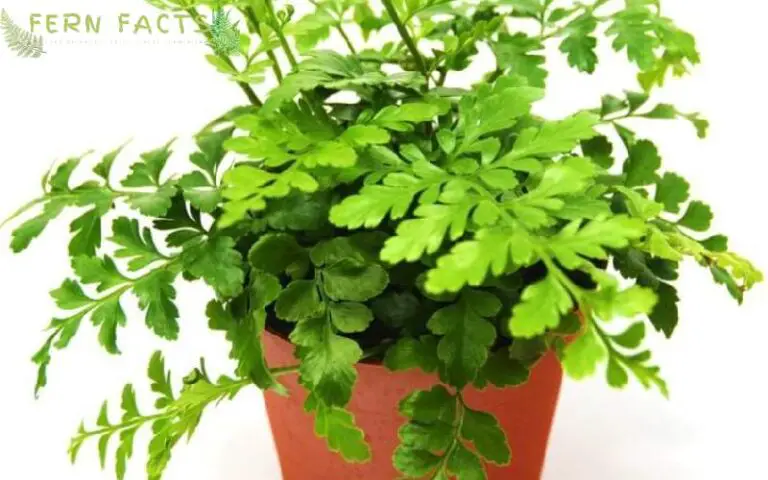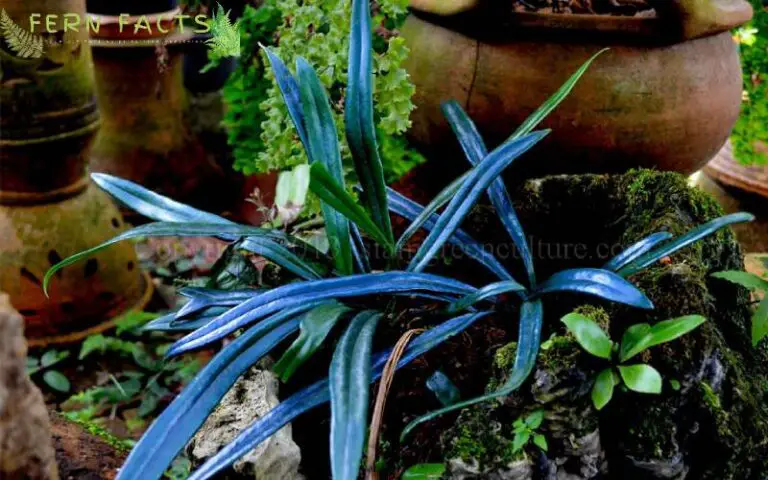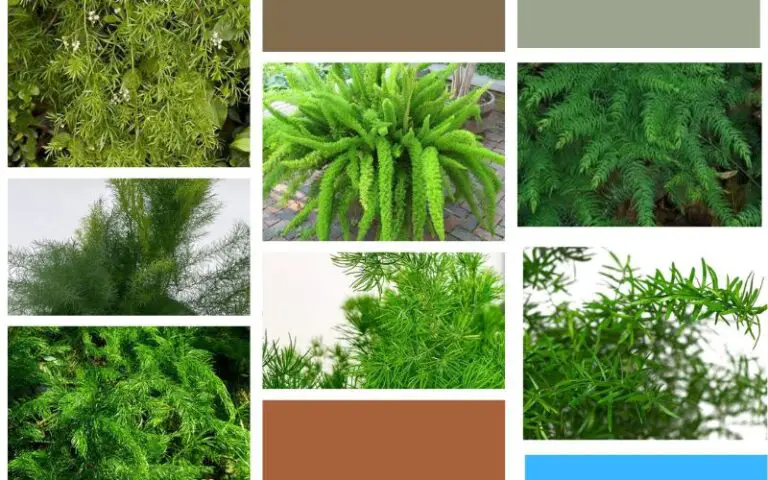Best Ferns for Rock Gardens: Add Beauty and Texture to Your Landscape
Do you want to tackle some landscaping projects this year? Do you want to add a unique garden with a personality that acts as a focal point in your outdoor space?
If so, consider planting and creating a rock garden with ferns as the greenery. Rocks are lovely for adding texture and contrast to the outdoors, and they’re not your typical “garden” material. Yet, rocks have an organic natural beauty, thanks to each rock looking unique.
As for what plants or greenery you should plant in the rock garden, you must be mindful of some things. The plant needs to flourish with this type of material – rocks – and it needs to pop visually against the colors of the rock.
Ferns do an excellent job, allowing you to create something incredibly eye-catching. Ferns have a solid reputation for being tolerant in the shade, requiring moisture and not soaking wet soil to thrive. These are precisely the kind of conditions that are perfect for a rock garden.
So, let’s look at some of the best ferns for rock gardens, which will add beauty and texture to your landscape.

Choosing the Best Ferns for Your Rock Garden – Essential Tips
If you’re convinced a rock garden dotted with ferns is perfect for your yard, then you want to be sure you pick the ideal ferns. Some will do better than others in a rock garden, and there’s also the question of how big they get, the color, and even the texture of their leaves/fonds. All of these factors will play into the final look.
Rock gardens are typically found in part shade to full-shade areas of the yard, so right there, you have the decision to make in terms of the placement of the garden.
Now that you’ve decided where to make the garden, map out the size of the garden. Get a good idea of how much space you’re working with, as this will help dictate which ferns will do best in the spot. Some get much bigger than others, and you don’t want the rock garden to look overgrown and unkempt.
Top 3 Ferns For Rock Garden
While many ferns can do exceptionally well in a rock garden, here’s a look at the top three:
Maidenhair Fern
Maidenhair Ferns are a trendy type of fern, thanks to how unique they look. They have a delicate look about them, and their fronds are smallish and look almost like lace.
They can starkly contrast against rocks, which tend to look more rugged. Thanks to its intricate and delicate fronds, they sway and blow in the wind quite quickly, creating a calming atmosphere in your yard.
Besides their striking appearance, Maidenhair Ferns are known for being very hardy, making them ideal for a rock garden’s growing conditions.
They like partial sun to full shade, get 1-2 feet tall and wide, are slow growing, and are non-flowering. They require well-drained, moist soil and a neutral soil pH. They are native to North America, and if you live in a 10-11 (USDA) hardiness zone, they are OK to leave outdoors year-round.
Lady Fern
Another excellent option for your rock garden is the Lady Fern. These have a reputation for being able to grow in some of the most unusual and, frankly, unhospitable areas of your yard and garden. They are also relatively low-maintenance, making them ideal for first-time fern gardeners.
These also have a lacy texture that will add interest and texture to the rock garden. Another standout feature is just how green the Lady Fern gets. It’s a true vibrant green that adds contrast to the rock garden.
But the fronds don’t stay green all year; watch for them to turn to a lovely golden-yellow once the frost sets in, again an elegant contrast against the rocks.
In terms of size, the Lady Fern typically grows 2 to 3 feet in height and 18 to 24 inches in width. It should be planted in the shade to partial sun and like well-drained, moist soil with sand and richness.
Western Sword Fern
Then we have the Western Sword Fern, another striking variety for a rock garden. The fronds on a Western Sword Fern are more traditional looking. This one is classified as an evergreen perennial fern.
It can be found in western North America and is quite plentiful, as you’ll find it growing wild in all kinds of areas. One of the most common areas where it grows is at low elevations in moist coniferous woodlands surrounded by small stones, which is precisely what you can create with your rock garden.
Other factors to know about the Western Sword Fern are that it does best in cool weather, can tolerate sun better than many other ferns, and needs moist soil but can handle small periods of dry weather.
This fern can grow quite tall, up to 4.5 feet, so you must factor that into the planning when designing your rock garden. The fronds stand erect, and they appear sharp and almost tooth-like. On the underside of the frond, you’ll find Sori, which are spore cases.
Tips for Planting Ferns in Rock Gardens
Now that you’ve decided which variety of fern(s) to plant in your rock garden, it’s time to get to work. You want to be sure the soil is suitable for the fern to thrive. Not only that, but spacing and adequate watering are also essential for the ferns.
You must always start with soil with the proper nutrients, minerals, and ideal pH level. Choose just one variety of ferns to make the process a little easier.
Rather than using pre-made potting or garden mix soil, consider adding materials such as sand, pumice, pearlite, peat moss, etc. on your own.
Each of these materials will help the ferns in terms of drainage, retaining proper moisture levels, filtering nutrients, etc. The goal should be to have soil that looks rich, clumps, and feels moist yet not soaking wet.
If you live in an area with cold weather in the winter, you want to wait and plant your ferns in the spring. Summer heat and drought can do severe damage to new plantings. The hole you dig should be the same depth as the fern’s root ball. Make sure to water new ferns exceptionally well.
As for spacing, it will depend on the fern and how big it will get. You want to leave a couple of feet between ferns so that they have plenty of space to expand. Overcrowding the garden can stunt their growth and affect the fern’s health.
Next, you can arrange the rocks on top of the soil, ensuring they are well spread out with no bare spots. Regarding watering, ferns like moist soil, but be careful not to overwater or water them too often. Aim for one inch of water per week.
Caring for Ferns in Rock Gardens – Tips from the Pros
To ensure your new garden continues to look beautiful, you’ll need some maintenance tips. Watering is the key essential, but other than that, you will also need to be on top of pruning, fertilizing, and watching for signs of disease or pest infestations.
Adding compost to the soil will provide ferns with the fertilizer they need, so you’ll want to be sure you do that before adding the rocks on top.
Ferns are pretty hardy when it comes to pests, except for slugs. Slugs can do significant damage, eating your entire fern garden in a very short time. You’ll want to treat the infestation immediately if you see any signs of them. You can use slug pellets of a liquid slug-killer.
Other pests that can damage your ferns are mealy bugs, cockroaches, aphids, glasshouse red spider mites, frond eelworms, and botrytis. Each of these should be treated with the appropriate product.
Ensuring your ferns stay strong and healthy is the best way to prevent diseases such as fungus. If you wish to prune your ferns, be sure to use sharp pruners and do so in late winter or early spring.
A Fern Rock Garden Can Transform Your Outdoors
So if you want to enhance and transform the look of your yard this year, a fern rock garden can be an excellent option. These will add texture, a sense of nature, and unexpected beauty.
It’s not a typical-looking garden, so its uniqueness is bound to be the yard’s focal point. Feel free to get creative with your rock garden design and use different types of ferns.

